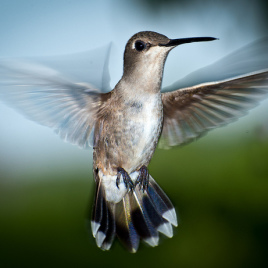
Adult ivory gull feeding on a seal carcass, Resolute Bay, Nunavut, Canada, 10 June 1989. (Photo credit: Keith Hobson)
Ivory Gulls have declined by more than 80 per cent in Canada since the 1980s and have been listed as an endangered species in Canada since 2006. These gulls have the highest concentrations of mercury in their eggs of any Arctic bird, but the reason for their decline is not well understood.
Researchers measured mercury in feathers from museums bird specimens from 1877 to 2007 and found mercury had increased 45 times in adult birds. The problem of high mercury is a recent problem for this species.
This new study adds more evidence for the problem of mercury in the Arctic, as elevated mercury levels may cause early mortality due to toxicity and may impair reproduction.
Original research paper published in Proceedings of the Royal Society B: Biological Sciences on March 17, 2015.
Names and affiliations of selected authors

